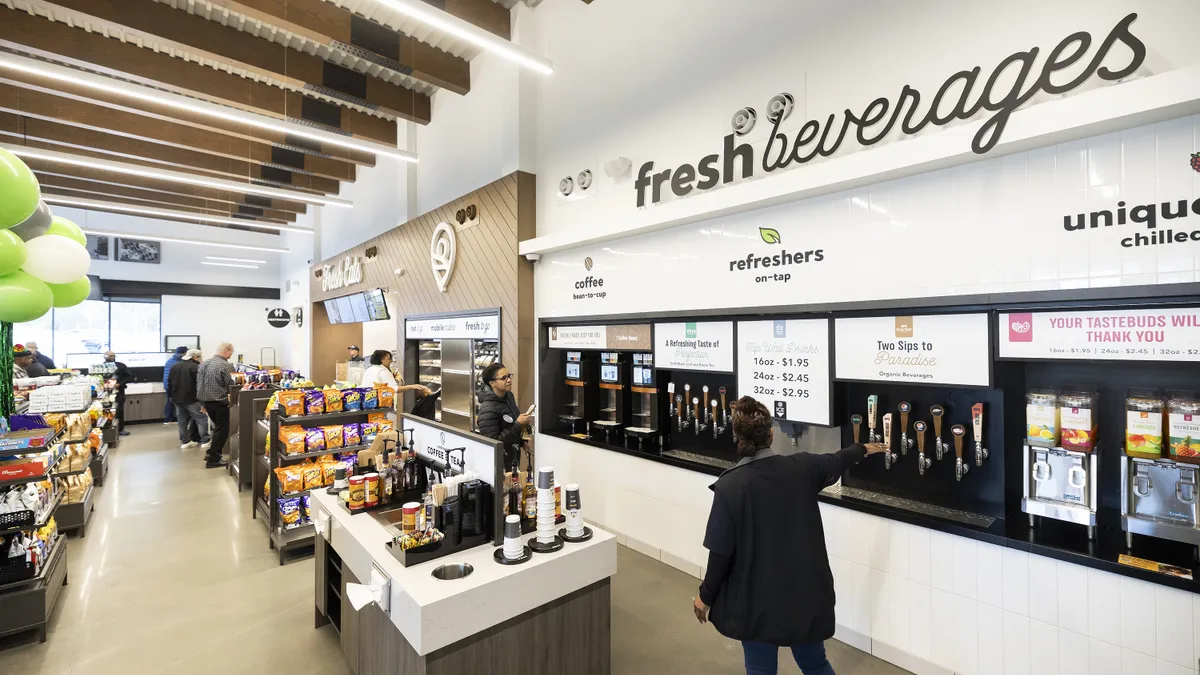Dive Brief:
- California voters will decide whether to overturn a law banning most flavored tobacco products on Nov. 8.
- If California Proposition 31 passes, then Senate Bill 793 will go into effect and outlaw sales of flavored tobacco products, aside from certain hookah and cigar products.
- Tobacco is a leading sales category for convenience stores, accounting for more than twice the sales of the second-place alcohol category in 2020, according to IRI data.
Dive Insight:
If the law goes into effect, tobacco sales could take a significant hit, putting a dent in revenue for c-stores located in the Golden State.
Cigarettes accounted for $56 billion in c-store revenue in 2020, compared to $23 billion for alcohol, according to IRI data as reported by Statista. And the Centers for Disease Control reported menthol-flavored cigarettes made up over a third of overall cigarette sales that same year.
While the ban would hurt many convenience store operators, almost 140 California cities have already blocked sales of flavored tobacco products, and compliance with the local ban in San Francisco already hit 80% by the end of 2019.
Nevertheless, bans could spread further. Massachusetts instituted a statewide ban in 2020. New York, New Jersey and Rhode Island also banned flavored e-cigarettes while the Food and Drug Administration has proposed a ban on menthol cigarettes as well as all flavors in cigars.
NACS this summer commented on the proposed FDA ban, saying, “NACS believes that adopting these regulations that ban two of the most popular tobacco products in the U.S. will push a portion of current smokers to the illicit market and severely injure the convenience store industry.”
The organization also highlighted the additional burden this would put on c-store operators, adding onto high fuel prices, crime and difficulty finding workers.
The Tax Foundation found that cigarette sales in Massachusetts dropped by 24% in the latter half of 2020, after the bill went into effect — but sales in neighboring states gained roughly the same amount, suggesting this wasn’t people no longer smoking, but rather people buying cigarettes in other states.








